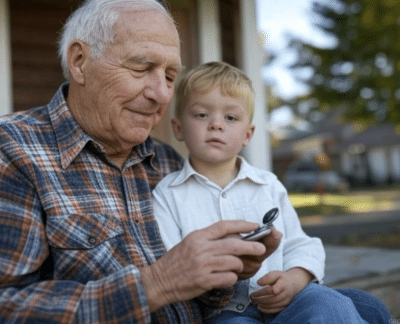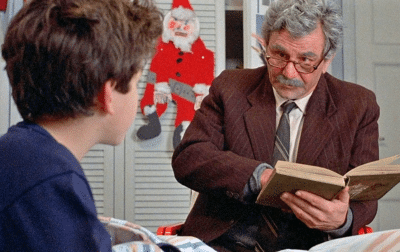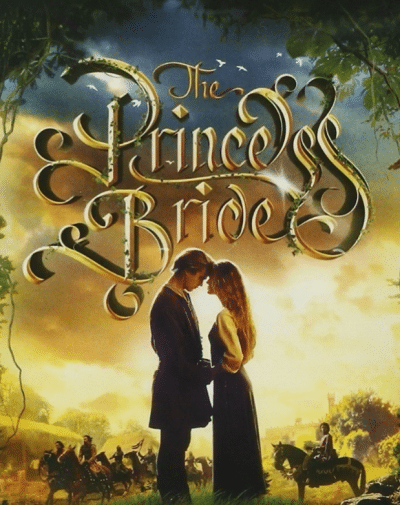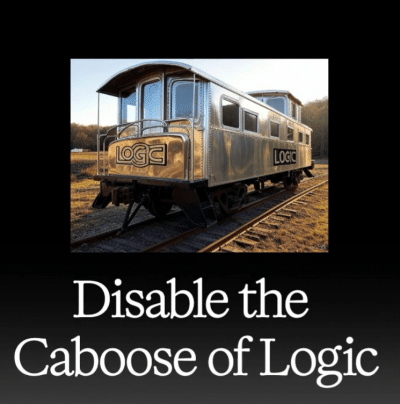I recorded this for my partners and they said I should share it more broadly. I hope you enjoy. Watch the video above or read below.

I’d like to tell you a story.
It’s about a novelist named Rachel.
She’s sitting in her office. It’s dark except for a single lamp at the corner lighting the surface. She’s sitting at her laptop typing away.
She stops, throws her hands in the air, and says, yes, closes the laptop. She’s just finished her novel, which she calls The Pocket Watch.
In the novel, we meet a middle aged alcoholic movie director named Omar trying to put his life and career back together.
A major movie studio has just contacted him. They’ve got a train wreck of a script, and they want him to direct the movie. Every other director has turned it down. But if he can make this work, he’ll not only salvage his career, but maybe even save his own life.
 As the movie opens, we see a ship out on the ocean. We zoom in to see a young sailor, Jake, standing at the rail. In his hand, he holds a pocket watch.
As the movie opens, we see a ship out on the ocean. We zoom in to see a young sailor, Jake, standing at the rail. In his hand, he holds a pocket watch.
The pocket watch is not running.
A single tear drips down his cheek.
We watch as he holds his hand out over the rail, turns his hand over, and drops the watch into the ocean.
In the next scene, we see an old man with a with a boy on his lap. The old man is Henry.
The boy is young Jake.
Henry holds the exact same pocket watch in his hand.

He’s telling little Jake, that my grandfather gave me this watch when I wasn’t much older than you.
You can see it all in your mind’s eye, can’t you? The ship, the watch, Henry, Jake. And I’ll bet you want to know why Jake dropped that watch into the ocean, don’t you? We’ll get to that in a minute.
But first, what does any of this have to do with marketing?
Now you already know that people make all significant decisions with emotion and then justify those decisions after the fact with logic.
Emotion is the engine that drives the decision train. Logic is the caboose. That’s why it’s so hard to persuade people to do anything with logic.
If you want your audience to believe your message, you’ve got to silence their inner critic and disable the caboose of logic.
The human brain has provided us a very simple way to do that. I call it the princess bride effect. Now what does that mean?
The time is the present.
 The scene, the interior of a boy’s bedroom. He’s ten, eleven, twelve.
The scene, the interior of a boy’s bedroom. He’s ten, eleven, twelve.
He is sick in bed. An old man walks in, his grandfather.
In his hand, the grandfather carries a book.
After a little friendly banter back and forth, the grandfather opens the book and begins to read.
The Princess Bride by S. Morgenstern.
And just like that, we plunge into the middle of one of the most popular and successful movies of the last fifty years.
The Princess Bride is a story inside another story.
 The outer layer of story is the grandfather and his grandson. The inner story, the real story, is The Princess Bride.
The outer layer of story is the grandfather and his grandson. The inner story, the real story, is The Princess Bride.
Farm Boy and Buttercup, the Dread Pirate Roberts and Inigo Montoya.
The pocket watch uses The Princess Bride effect. The outermost layer of the story is Rachel the novelist who’s telling a story about Omar the movie director, who’s telling the real story about Henry and Jake and the pocket watch.
In both examples, the author guides us from one story into another story, from one layer of reality into another layer of reality. It’s all nested like Russian dolls.
Each successive layer tempts your brain with more layers to keep track of and more problems to analyze.
This helps to silence the inner critic and disable the caboose of logic. Meanwhile, the emotional brain is free to just sit back and enjoy the story.
Let’s get down to brass tacks. How can you deploy the princess bride effect to make your message more memorable and more powerful?
It’s easy.
Don’t tell your story.
Instead, tell a story about someone who tells your story, or tell a story about someone who tells a story about someone who tells your story.

In The Princess Bride, the grandfather tells a story about the Princess Bride. In the pocket watch, Rachel tells a story about Omar who tells a story about Henry and Jake in the pocket watch.
Here’s a real life example.
I have a client with an amazing story. When people get to know his story, they’re gonna love him. They’re gonna wanna do business with him. The problem is that his story is unbelievable, and he is practically too good to be true. My challenge is to communicate his stories and share his values in a way that people will buy into it.
That’s why I use the Princess Bride effect.
Here’s one ad from this entire campaign. See if you can identify all the layers.
Male Voice: Ready, camera one, and roll.
Female Interviewer: How old were you?
Young Woman: I was maybe nine. My sisters would have been seven and five.
Female Interviewer: What stands out from that time?
Young Woman: Dad was always there for us, fixing meals, telling us stories, helping with school.
Female Interviewer: And he had his own business too.
Young Woman: Oh, yeah. He had this old blue pickup. Must have had a million miles on it. He was always underneath it with that beat up toolbox fixing something.
Female Interviewer: Sounds like all he did was take care of customers and you girls.
Young Woman: Yeah. I don’t know how he did it. He must have been exhausted, but we never knew. And his customers just loved him.
Female Interviewer: Did you miss your mom?
Young Woman: Of course. But whenever we got down, dad was always there for us. Sometimes he cried too. But he always said, it’s gonna be okay. And you know what? He was right.
Female Interviewer: Good at comfort, huh?
Young Woman: I guess you could say he’s a comfort master.
Male Voice: And cut. Great work, people.
Announcer: Comfort masters dfw dot com.
This ad is four layers deep. Now the outer layer is the one we all deal with. It’s the layer where the listener hears the ad. That kind of experience immediately alerts the inner critic and gets the logic, the caboose of logic going.
The next layer is what sounds like somebody directing a scene of some kind, maybe a TV show. We hear him call for the cameras to roll and we hear that clabbered.
The next layer is an interviewer talking to somebody. Now we’re already so far deep into this story that the the logical brain has got all kinds of things to track, and we’re giving it we’re giving the emotional brain space to enjoy the story. The innermost layer, the story I really wanna tell is the story told by the person who’s being interviewed.
 Layer four is the actual story and the point of the entire campaign, but it’s buried so far down in these successive layers of story that the logical brain, the inner critic, is busy trying to keep track of where we are.
Layer four is the actual story and the point of the entire campaign, but it’s buried so far down in these successive layers of story that the logical brain, the inner critic, is busy trying to keep track of where we are.
The emotional brain is free to simply enjoy the story.
We run a continuing series of these ads. Each one has the real story nested inside layers of other stories.
Now when you want something from your audience, when you want them to take action as a result of hearing your stories, like do business with you, you’ve gotta guide them back to reality.
In this ad campaign, I do that by having the director yell cut and say some things, and then the announcer gives the URL of the website. And that brings the listener back to the current level of reality, whatever that may happen to be.
In The Princess Bride, the author does it by ending the story back where it began with the grandfather and the grandson in his bedroom.
It is this final step that gives the intuitive brain a sense of completion, of closing the loop, and connects those positive emotions with your target audience where they live and make decisions.
Real life. When you use The Princess Bride effect to structure your messages, the audience can’t help but listen and enjoy them. Their intuitive brain simply enjoys the message, while their logical brain is busy tracking and analyzing the various layers, trying to understand what’s happening.
Your message sneaks past to the audience’s defenses.
The audience is entertained.
Everybody wins.
Now, I know what you’re thinking.
Why did Jake drop that pocket watch into the ocean?
You’re just going to have to buy my book to find out.
- Shared Suffering: The Missing Ingredient in Customer Loyalty - June 25, 2025
- The Unignorable Jingle: Win Hearts & Customers in 8 Seconds - June 17, 2025
- The Metric Trap Sabotaging Your Marketing - April 17, 2025
